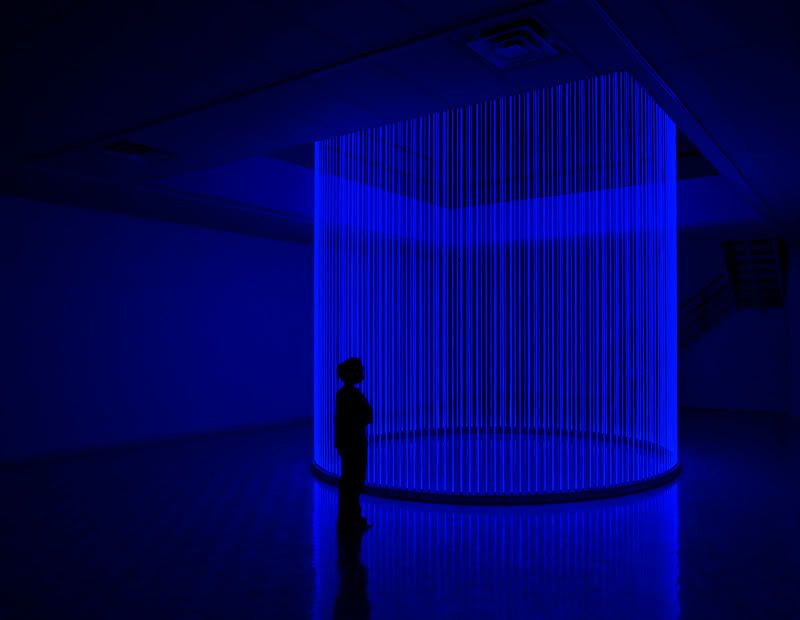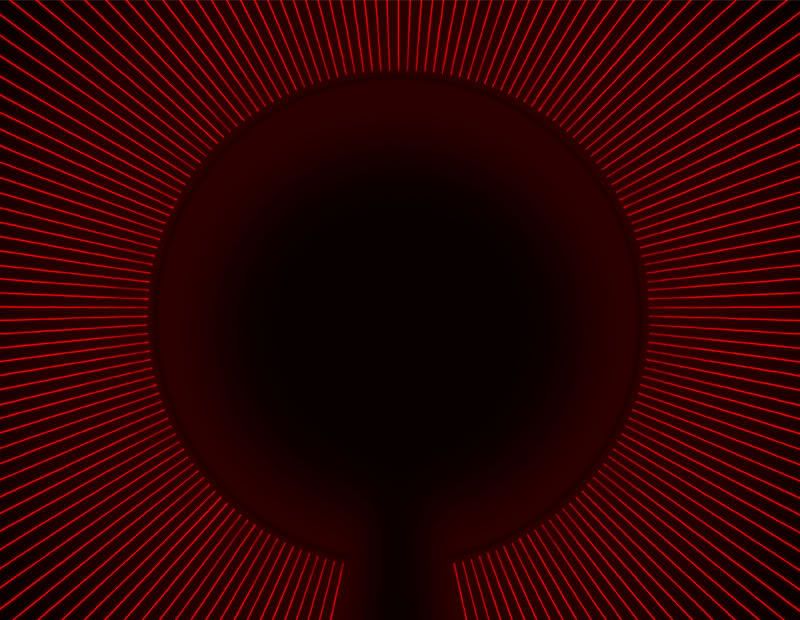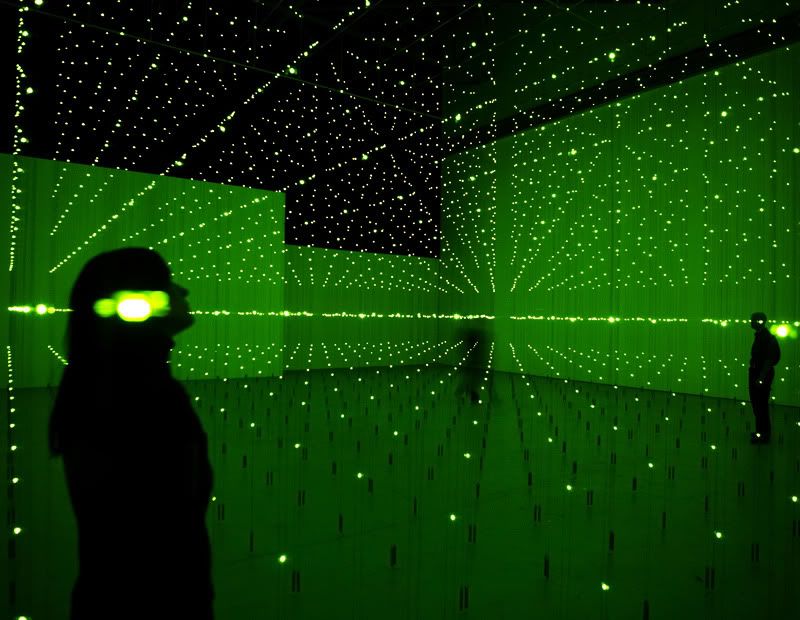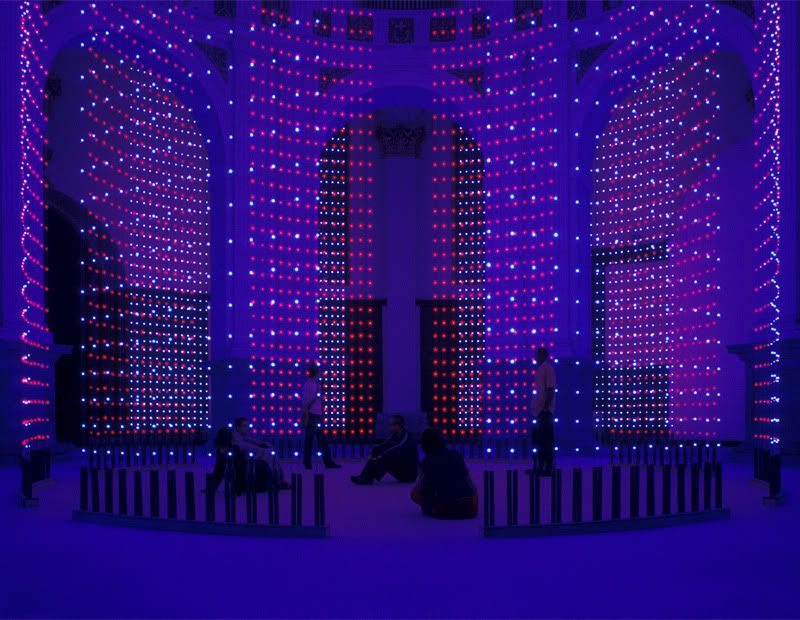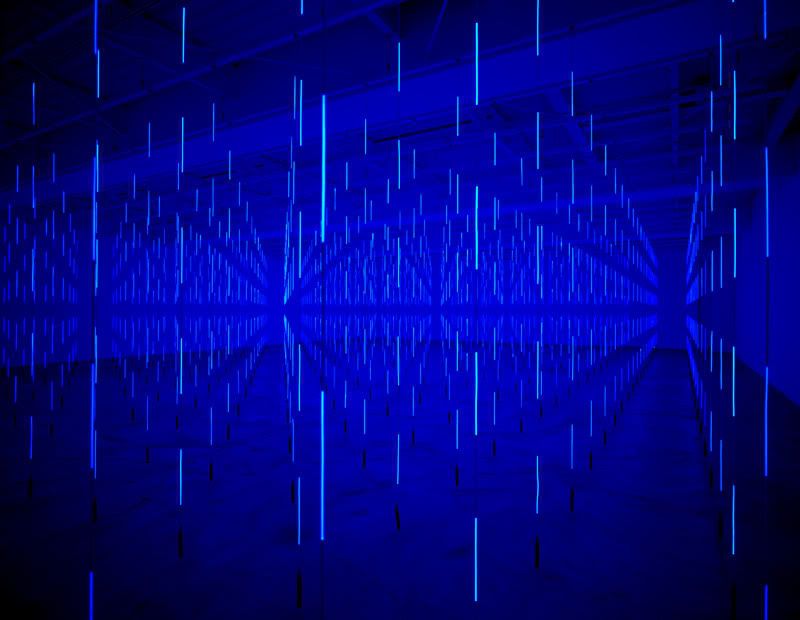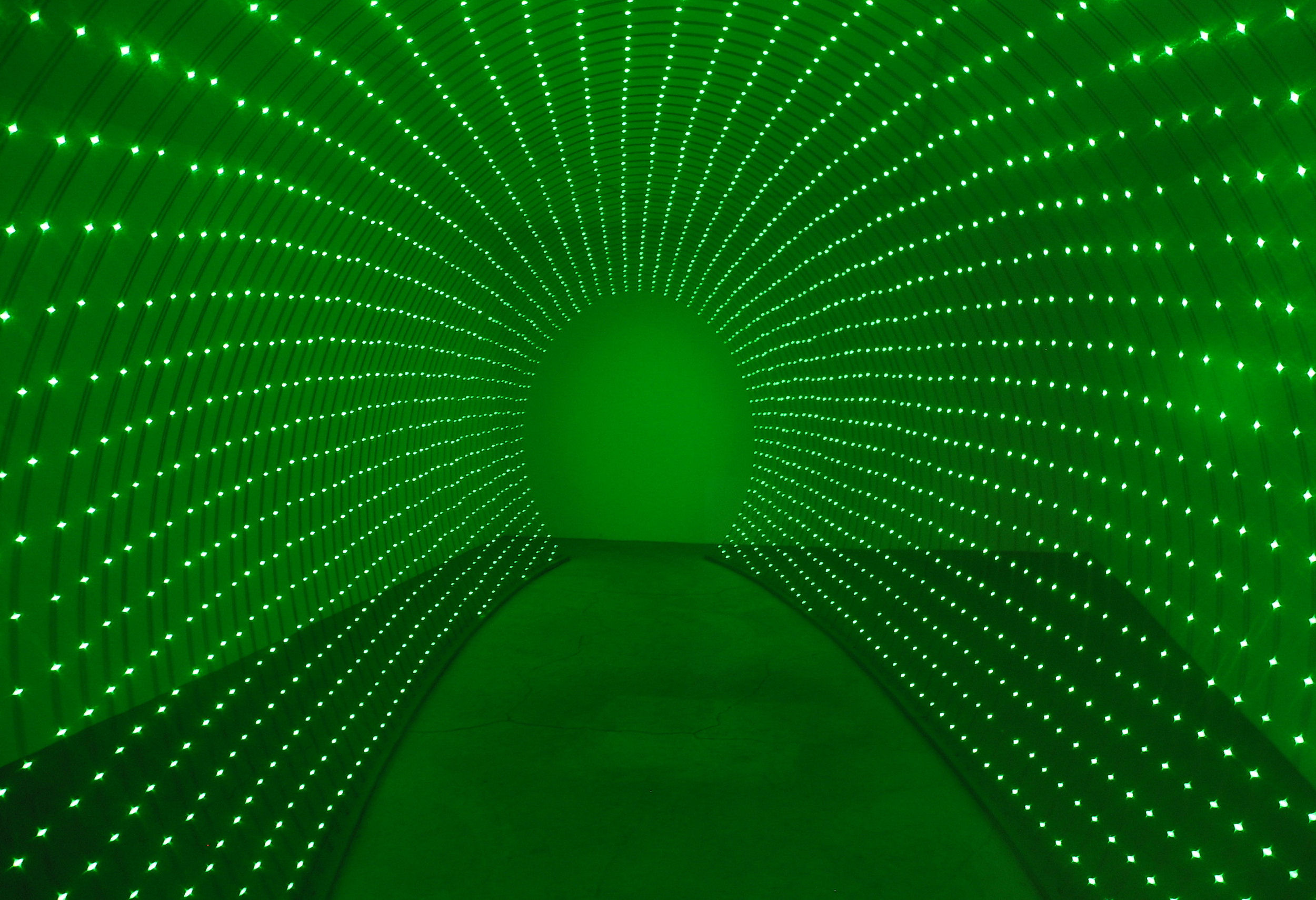I had my assessment and got fairly good marks overall, but I have to say I've been left feeling a lot more lost than before I went under such scrutiny. Prepare yourself for a post that is the result of a very scrambled brain:
my main criticism was lack of theory and critical language.
I think my problem was that I kept going on about how I wanted to create an otherwise impossible environment, but didn't actually set up any installations. Why not? because its a bloody pain, its a big commitment in both time and money, especially when you're not even sure what environment you want to create yet.
I can't help but feel that I'm wrestling with two opposing arguments, one is that I should just do whatever I feel like making - as the rest of the world seems to enjoy it, and it makes me happy, and I think i could even use it in a commercial field - BUT, it doesnt (so far) relate enough to what other artists are doing and hasn't got any roots in any critical theory, so its hard to write about
SO lets just say that I've got to the point where I have found a visual style and am simultaneously stumbling somewhere towards what I think is important in art.
I think I've just about realised at this point that while I had honestly set out to make astrophysics into art what I really ended up doing was imitating a visual style which wasn't very deep and didn't involve much artistic theory.
My options now are to either go with the theory that explores experiences in art and installation, or to go with something based more on my subject matter.
AS I think that I want to go with the former for my dissertation I may try and put it off for now, which means I need to find artists who dig deep into *specifically* what I'm communicating - and WHY?
I want to keep the element of beauty, experience and innovation but use the more challenging subject matter of data visualisation - not really very different, but more specific.
I did mention data visualisation ages ago as being something that crops up in my mind quite often, and I think if I could find a new way of representing data that is relevant and innovative and exciting that could really work as an installation.
space and planets counts as data so It's really very similar except this way I am giving myself clearer guidelines - e.g. no imaginary orbits, actual mathematical precision..
Here are a few things that have been inspiring me to move more into this area.
This does all tie together with what I've been doing!! but I just can't quite articulate how yet....
Maybe I'm gearing myself up for doing commercial work. Is it too soon?
Hey, I'm just going with what excites me, I can't do much more than that.
